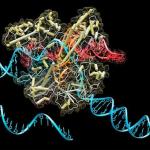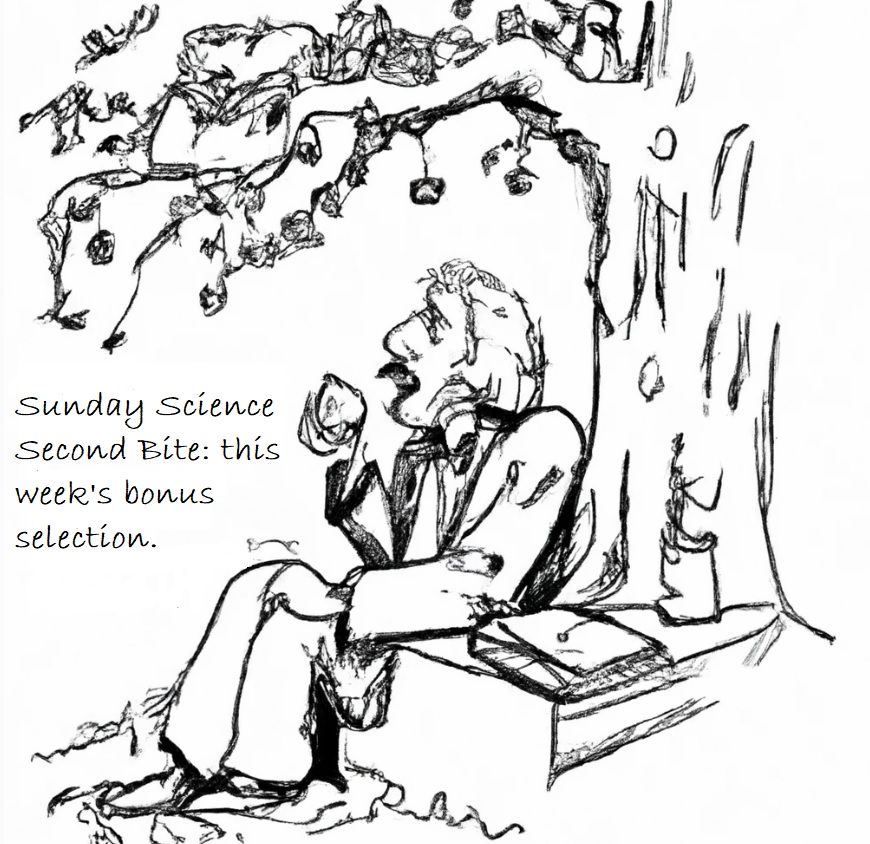Sunday Science: ‘Treasure Trove’ of New CRISPR Systems Holds Promise for Genome Editing

CRISPR–Cas9 is best known as a laboratory tool for editing DNA, but its natural function is as part of the immune system that helps certain microorganisms to fight off viruses. Now, researchers have used an algorithm to sort through millions of genomes to find new, rare types of CRISPR system that could eventually be adapted into genome-editing tools.
“We are just amazed at the diversity of CRISPR systems,” says Feng Zhang, a biochemist at the Massachusetts Institute of Technology in Cambridge and co-author of a 23 November paper in Science that describes the systems1. “Doing this analysis kind of allows us to kill two birds with one stone: both study biology and also potentially find useful things.”
Single-celled bacteria and archaea use CRISPR systems to defend themselves against viruses known as bacteriophages. The systems generally have two parts: ‘guide RNA’ molecules that recognize and bind to phage DNA or RNA, and enzymes that cut or otherwise interfere with the genetic material at the site indicated by the guide RNA.
Until now, researchers had identified six types of CRISPR system, designated I–VI. These have different properties, including the type of enzyme they use and how they recognize, bind to and cut RNA or DNA. The CRISPR–Cas9 system commonly used for genetic engineering is classed as type II, but the characteristics of other CRISPR types could make them useful for other applications.
Similar sequences
To find diverse CRISPR systems in nature, Zhang, MIT bioengineer Han Altae-Tran and their colleagues developed an algorithm called FLSHclust, which analyses genetic sequences in public databases. These databases contain hundreds of thousands of genomes from bacteria and archaea, hundreds of millions of sequences that haven’t been linked to a particular species and billions of genes that encode proteins. FLSHclust found CRISPR-associated genes by looking for similarities between genetic sequences and grouping them into about 500 million clusters.
By looking at the predicted function of the clusters, the researchers found around 130,000 genes associated in some way with CRISPR, 188 of which had never been seen before, and tested several in the lab to find out what they do. Their experiments reveal various strategies that CRISPR systems use to attack bacteriophages, including unwinding the DNA double helix, and cutting DNA in ways that allow genes to be inserted or deleted. They also identified ‘anti-CRISPR’ fragments of DNA that might help a phage to escape bacterial defences.
Among the new genes was the code for an entirely unknown CRISPR system that targets RNA, which the team dubbed type VII. Co-author Eugene Koonin, a biologist at the National Center for Biotechnology Information in Bethesda, Maryland, says that it's increasingly hard to find new CRISPR systems. Type VII — and any other types that haven’t yet been identified — must be extremely rare in nature, he adds. “It will probably take monumental efforts to find the next type.”
It’s hard to know whether certain types of CRISPR system are rare because they are not generally useful to microorganisms or whether they are specifically adapted to an organism that lives in a particular environment, says Christine Pourcel, a microbiologist at Paris-Saclay University. She adds that because the genetic databases used in the study include fragments of genomes that aren’t linked to specific organisms, it will be difficult to study the roles of some of the new systems.
Impressive haul
The algorithm itself is a major advance, in that it will allow researchers to look for other types of protein across species, says Chris Brown, a biochemist at the University of Otago in Dunedin, New Zealand. “I’m impressed with what they could do,” he says.
“It’s a treasure trove for biochemists,” agrees Lennart Randau, a microbiologist at the University of Marburg in Germany. The next step, he says, will be to work out the mechanisms through which the enzymes and systems work, and how they could be adapted for biological engineering. Brown says that some CRISPR proteins chop up DNA at random and are useless for engineering. But they are so precise at detecting DNA or RNA sequences that they might make good diagnostic or research tools.
It’s too soon to say whether type VII CRISPR systems or any of the other genes identified by FLSHclust will be helpful for genetic engineering, says Altae-Tran, but they have some properties that could be useful. Type VII, for instance, involves only a very few genes that could easily fit in a viral vector and be delivered into cells. By contrast, some of the other systems the team found contain very long guide RNAs, potentially allowing them to target particular genetic sequences with unprecedented accuracy.
doi: https://doi.org/10.1038/d41586-023-03697-w
References
-
Altae-Tran, H. et al. Science 382, eadi1910 (2023).
Sara Reardon: I'm a freelance journalist covering biomedical, environmental and social science from beautiful Bozeman, Montana. I've previously worked as a staff reporter at Nature, New Scientist and Science.
In my previous life, I studied mouse sperm and retinas. Realizing that I could never limit my interests to one field of science, I switched to science journalism -- a field that thrills me every day.
I've reported from five continents and all over the United States. My favorite stories involve the myriad ways in which science intersects with society, particularly through law, ethics, and culture. I also make short films about science and health-related issues affecting my local community.
Follow me on Twitter to see my latest work and drop me a message if you have ideas or tips!
Nature is a weekly international journal publishing the finest peer-reviewed research in all fields of science and technology on the basis of its originality, importance, interdisciplinary interest, timeliness, accessibility, elegance and surprising conclusions. Nature also provides rapid, authoritative, insightful and arresting news and interpretation of topical and coming trends affecting science, scientists and the wider public.
Nature's mission statement
First, to serve scientists through prompt publication of significant advances in any branch of science, and to provide a forum for the reporting and discussion of news and issues concerning science. Second, to ensure that the results of science are rapidly disseminated to the public throughout the world, in a fashion that conveys their significance for knowledge, culture and daily life.
Nature's original mission statement was published for the first time on 11 November 1869.
About the Editors
Like the other Nature titles, Nature has no external editorial board. Instead, all editorial decisions are made by a team of full-time professional editors. Information about the scientific background of the editors may be found here.

How the T. Rex Built Up That Bone-Crushing Bite
Jeanne Timmons
An analysis of nine species of tyrannosaurs documented the evolutionary forces that led to the dinosaur’s reign.
New York Times
November 10, 2023
